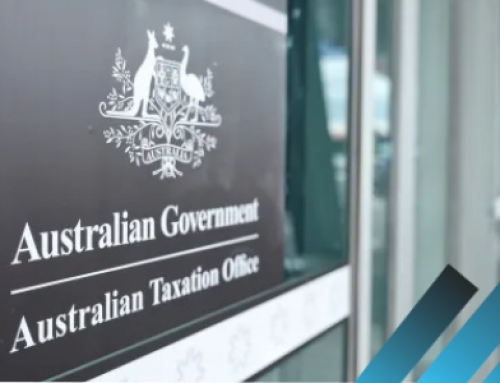The International Valuation Standards Council (IVSC) has released a new paper that addresses one of the most critical topics for valuation professionals today, understanding and managing valuation risk.
The IVSC Perspectives Paper – Getting the Process Right: Exploring Valuation Risk under IVS recognises that valuation risk arises from the possibility that the value produced through the valuation process may not be appropriate for its intended use. The IVSC highlights that this is not simply a matter of numbers, but of process. Errors in calculation, inconsistencies in assumptions, a lack of substantiation, or issues in professional judgement all introduce risks that can compromise the credibility of a valuation.
The paper emphasises the importance of distinguishing between valuation risk, which is process related, and value uncertainty, which relates to the outcome of a valuation. While future IVSC work will focus on value uncertainty, this initial paper places process at the centre of professional practice. It reminds valuers that compliance with International Valuation Standards (IVS) is the most effective safeguard against valuation risk.
A copy of the IVCS paper can be downloaded via the link below:
Among the challenges explored are the competency and ethics of valuers, errors in valuation execution, the role of professional judgement, and the need for transparent communication between valuers, clients, and users. The paper also points to the crucial role of quality control—defined as the process of ensuring accuracy, consistency, and reliability of results.
Practical examples are provided to show how valuation risk can occur, from errors in discounted cash flow modelling to over-simplified assumptions about market behaviour. Importantly, the paper outlines how strong valuation processes, professional scepticism, and robust internal review mechanisms can minimise risk, particularly when dealing with complex assets and models.
This Perspectives Paper is also a call for engagement. The IVSC Technical Boards invite stakeholders to contribute views on whether the current definition of valuation risk remains appropriate, and whether IVS should be refined to provide further guidance. Four consultation questions have been included, covering the distinction between valuation risk and value uncertainty, the effectiveness of IVS compliance, and suggested modifications to minimise risk.
Professionals across the valuation community are encouraged to read the paper, reflect on its insights, and provide feedback to the IVSC. By strengthening understanding of valuation risk, the sector can enhance trust, credibility, and consistency in practice worldwide.
Ends.







